
How to Fatten an Underweight Horse Safely. Horses have very sensitive digestive systems, so caution must be used when trying to fatten an underweight animal. Founder and colic are just two of the ailments that can strike a horse that is given too much food too quickly. A horse that founders could end up permanently lame, and both conditions are potentially life-threatening. With patience and good food in the proper amounts, an owner can fatten an underweight horse safely.
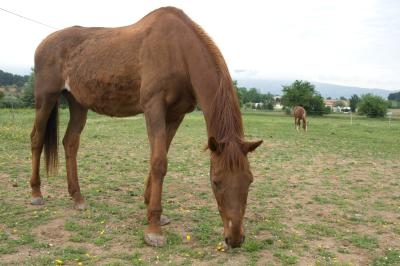
Isolate the underweight horse from others. A thin horse is often too weak to fend for itself and could be chased away from food that it needs.
Hire a veterinarian to check the horse's health. A vet may find that the animal requires worming or having its teeth floated, a dental procedure that involves filing down the teeth. Horses who have not had their teeth worked on for a long period of time may have trouble eating.
Limit the horse's access to grass. Although, you may want to turn the horse out into a lush green pasture to gorge itself, it could seriously colic or founder if it eats too much, especially if it consumes new grass in the spring. If the horse must be out in a pasture, have it wear a grazing muzzle, which limits the amount of grass it can eat.
Place the horse in a stall, if possible, to protect it from harsh weather conditions and annoying insects that may keep it from eating. Oppressive heat may dampen a horse's appetite and insects in a pasture may drive a horse to distraction, preventing it from eating.
Feed high quality hay, such as alfalfa, being careful not to give too much rich feed in each serving. Avoid feeding it straw or low quality hays that have no nutrients. Another option is to feed the underweight horse a manufactured complete feed, which normally comes in a pelleted or cubed form. Adding rice bran to the horse's feed can also help it gain weight.
Feed the horse grain, but do so carefully. Grains, such as oats and corn, help a horse gain weight quickly, but too much can make a horse hyper or can cause it to founder or colic.
Add supplements to your horse's food. Incorporate vitamins, horse supplements and vegetable oil to its daily rations to help it gain weight.
Study the horse's behavior to see if it has any habits causing its weight loss Some horses who crib -- a vice where the animal sucks in air -- are often so addicted to their habit, they will forego eating. Weavers, or horses who sway from side to side constantly, and horses who pace their stalls m ay expend a lot of calories from their constant motion. Place a cribbing strap on the cribber, to make it uncomfortable for the horse to pursue this vice. If possible, turn the weaver or pacing horse out in a pasture.
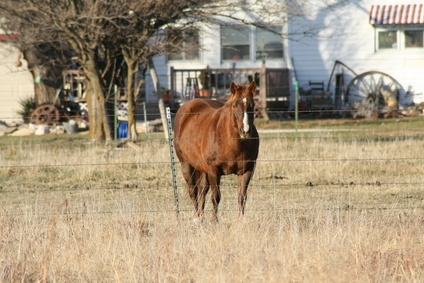 Horse Fence Height Requirements by Breed
Horse Fence Height Requirements by Breed
Horse Fence Height Requirements by Breed
Horse Fence Height Requirements by Breed
 Horse Stall Wall Divider Ideas
Horse Stall Wall Divider Ideas
Horse S
Horse Stall Wall Divider Ideas
Horse Stall Wall Divider Ideas
Horse S
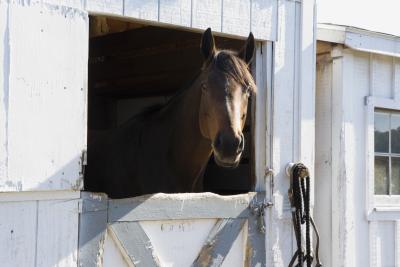 Ideas for Nice Horse Stalls
Ideas for Nice Horse Stalls
Ideas for
Ideas for Nice Horse Stalls
Ideas for Nice Horse Stalls
Ideas for
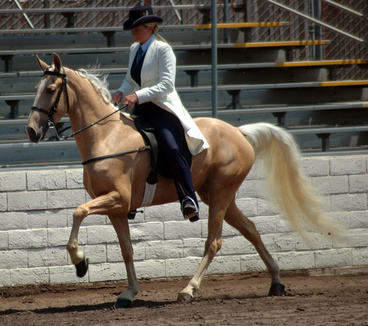 About Walking Horse Bridles
About Walking Horse Bridles
About Walk
About Walking Horse Bridles
About Walking Horse Bridles
About Walk
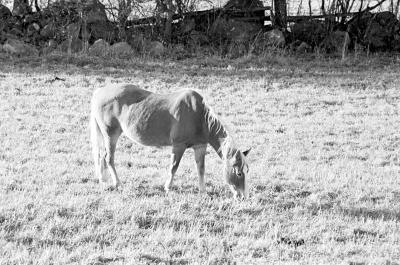 How to Fatten Up a Skinny Horse
How to Fatten Up a Skinny Horse
How to
How to Fatten Up a Skinny Horse
How to Fatten Up a Skinny Horse
How to
Copyright © 2005-2016 Pet Information All Rights Reserved
Contact us: www162date@outlook.com